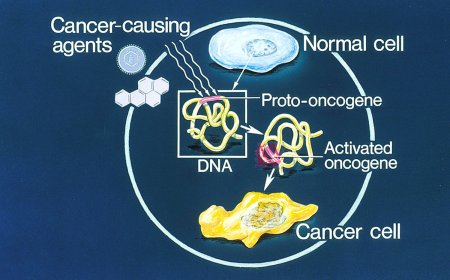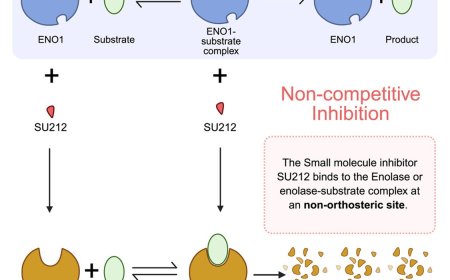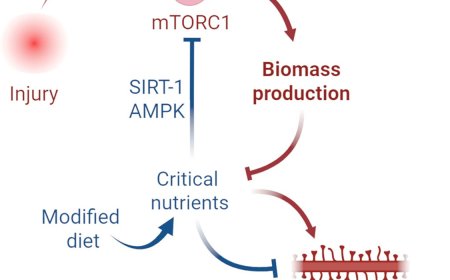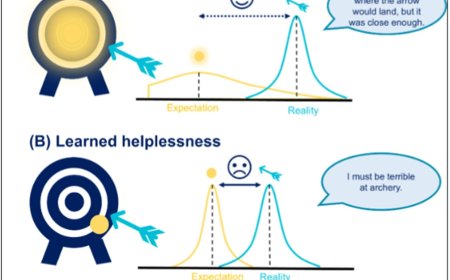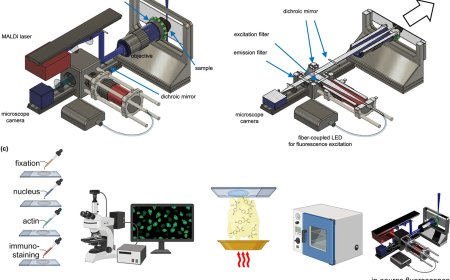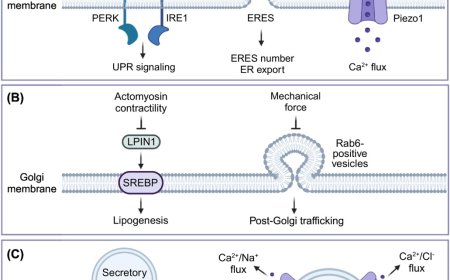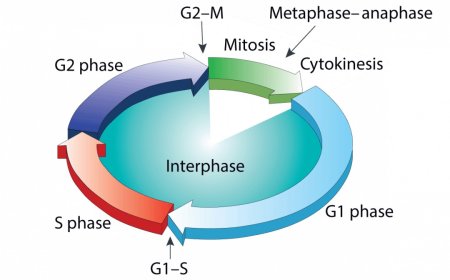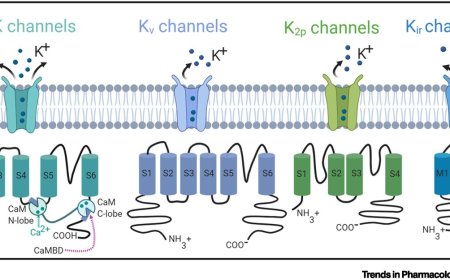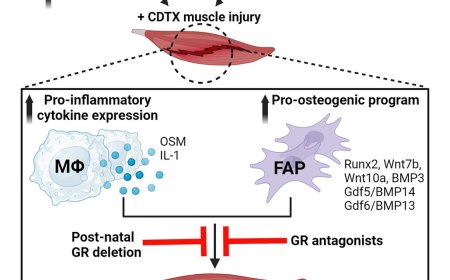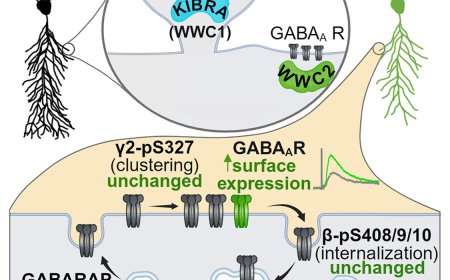Connections between lipids and chromatin
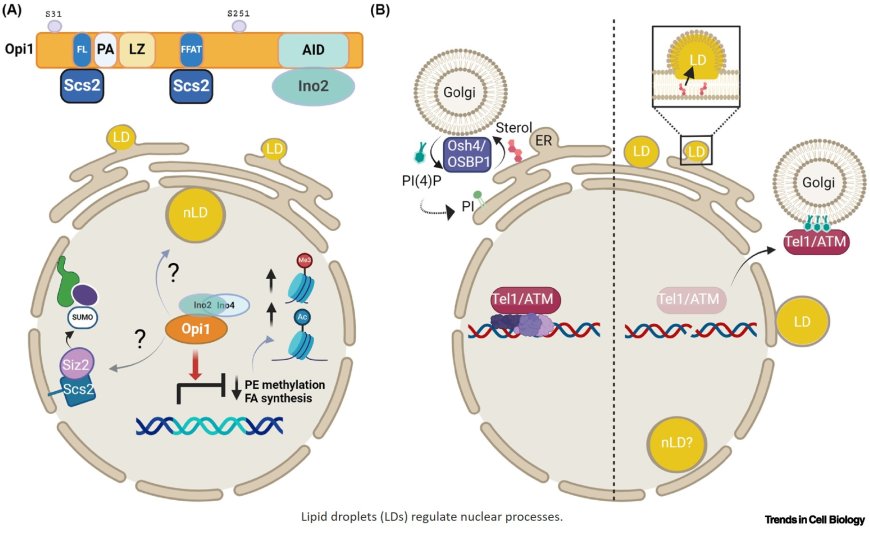
The nuclear envelope (NE), an endoplasmic reticulum (ER) subdomain, splits nucleocytosolic pools of acetylCoA and S-adenosylmethionine (SAM), allowing crosstalk between histone modifications and lipid biosynthesis (repressed by Opi1).
Changes in the NE/ER lipid composition by a metabolically stable LysoPC mimic alter NE shape and telomere clustering/silencing, and induce nuclear lipid droplets (nLDs) and Opi1 repression. The ER-anchored transcription factors Spt23/Mga2 sense NE/ER changes in lipid packing, activating lipid remodeling.
Abnormal NE shape, Opi1 repression, and nLDs are also induced by the alkylating genotoxic drug methyl methanesulfonate (MMS) without activation of Spt23/Mga2.
Sterol depletion from the ER for LD biogenesis results in Tel1/ATM titration by binding to phosphatidylinositol 4-phosphate [PI(4)P] at the Golgi, thus modulating the DNA damage response (DDR).
Sterols emerge as candidates to sensitize the NE to changes in nuclear function.
https://www.cell.com/trends/cell-biology/fulltext/S0962-8924(24)00118-1
